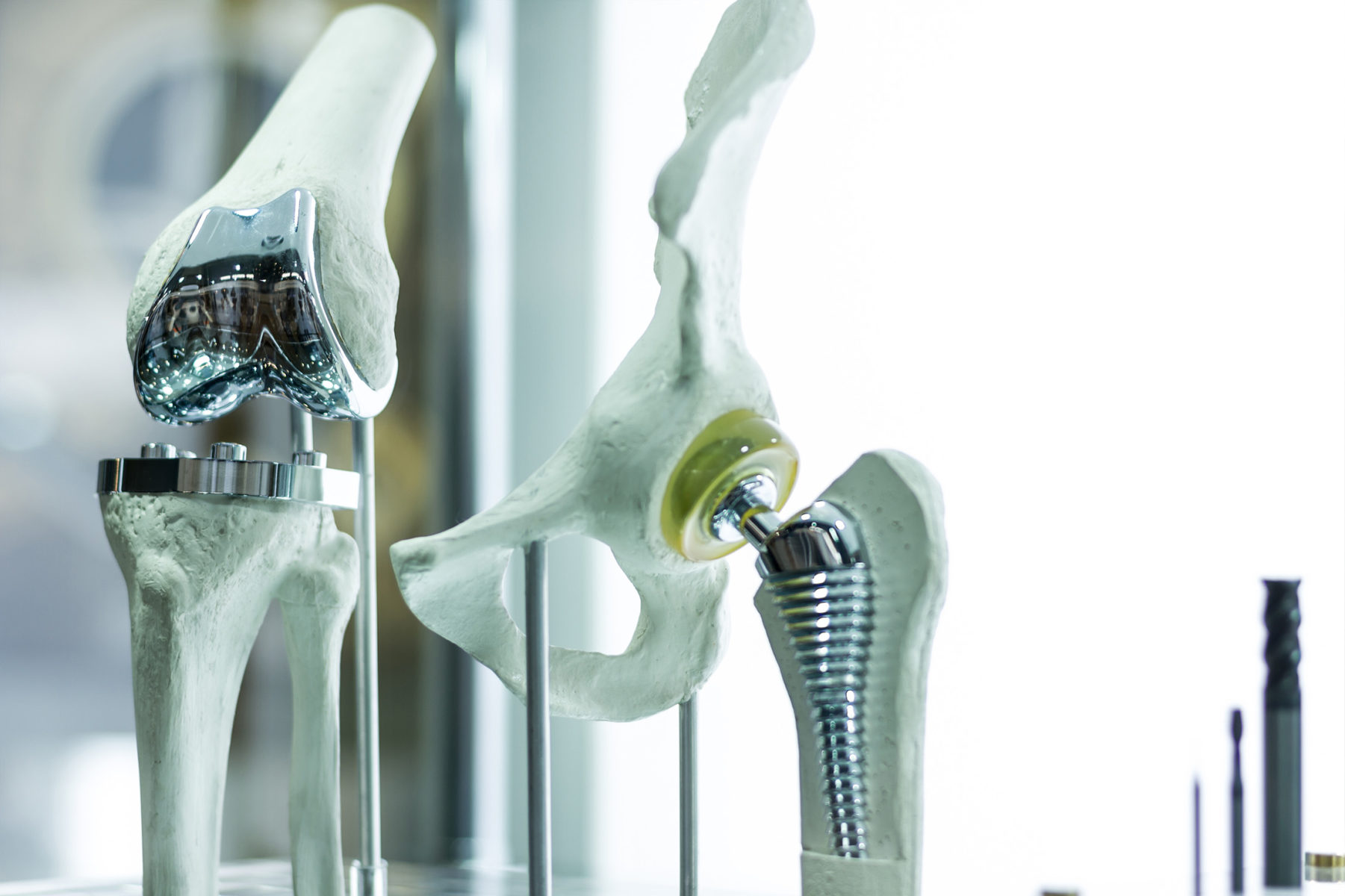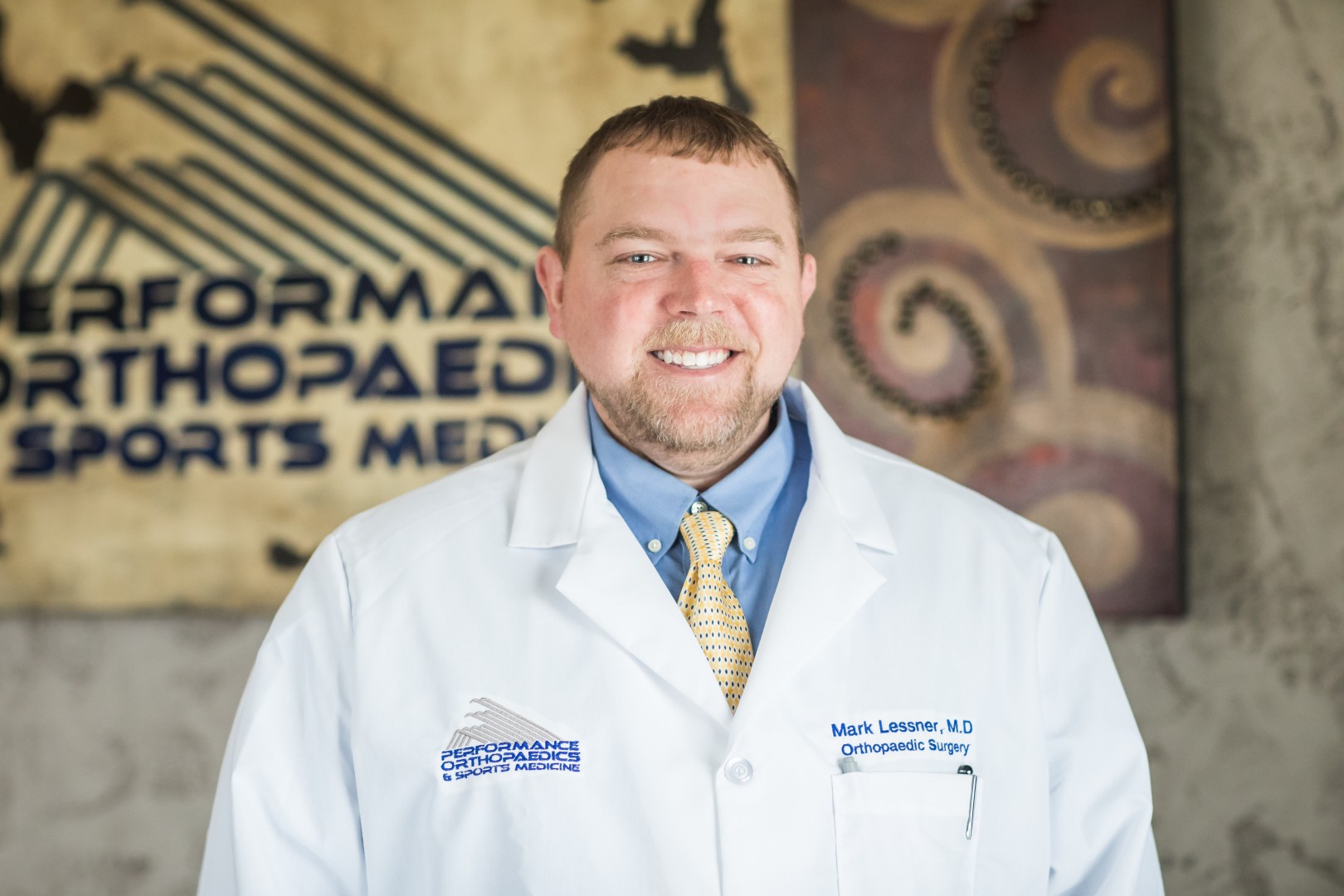Joint Replacement
About Joint Replacements
When a damaged joint causes pain and/or restricts full range of motion, a joint replacement can provide relief. Joint replacements are common procedures that orthopedic surgeons perform while a patient is under general anesthesia. The surgeons will either repair a specific part of the damaged joint or replace it with a piece of hardware called a prosthesis. A prosthesis can be made from various materials—including but not limited to plastic, metal, or ceramic—and can last up to 20 years.
Although joint replacements are common, low-risk procedures, they do have some risk factors.
Potential complications include but aren’t limited to:
Contact us with any questions or concerns about these risk factors, and we’ll connect you with one of our physicians. If you suffer from joint problems, a joint replacement might be the solution to achieve full, pain-free movement.

8 Types of Joint Replacement Surgeries
Hip Replacement
An anterior hip replacement is a minimally invasive way to insert a brand new hip. A partial hip replacement—also called a hemiarthroplasty—replaces the ball but not the socket.
Knee Replacement
Shoulder Replacement
Elbow Replacement
Wrist Replacement
Ankle Replacement
Finger Replacement
Total Joint Replacement

Benefits of Joint Replacement Surgery
The two main benefits of joint replacement surgery are pain relief and mobility restoration. Another benefit is a reduced risk of chronic health conditions since patients are able to return to an active lifestyle.
Understanding Joint Revision
While joint replacements can last up to 20 years, they eventually lose effectiveness. When this happens, you can choose to undergo joint revision surgery. This process entails getting either a brand new prosthesis or having the worn parts replaced.
Meet Our Orthopedists
Click On A Physician’s Name To See Their Profile:
Connect With Us
If you have questions or want to schedule an appointment, here’s how you can contact us.
Register for Our Joint Replacement Class
If you plan to undergo a joint replacement surgery at Methodist McKinney Hospital, we require you to take our free Joint Replacement Class. This course teaches you what to expect before, during, and after surgery. It’s also a great opportunity to ask questions and address any concerns you may have. To make attending as easy as possible, we offer both in-person and virtual sessions. You can also watch our animated joint class video to learn more.



















